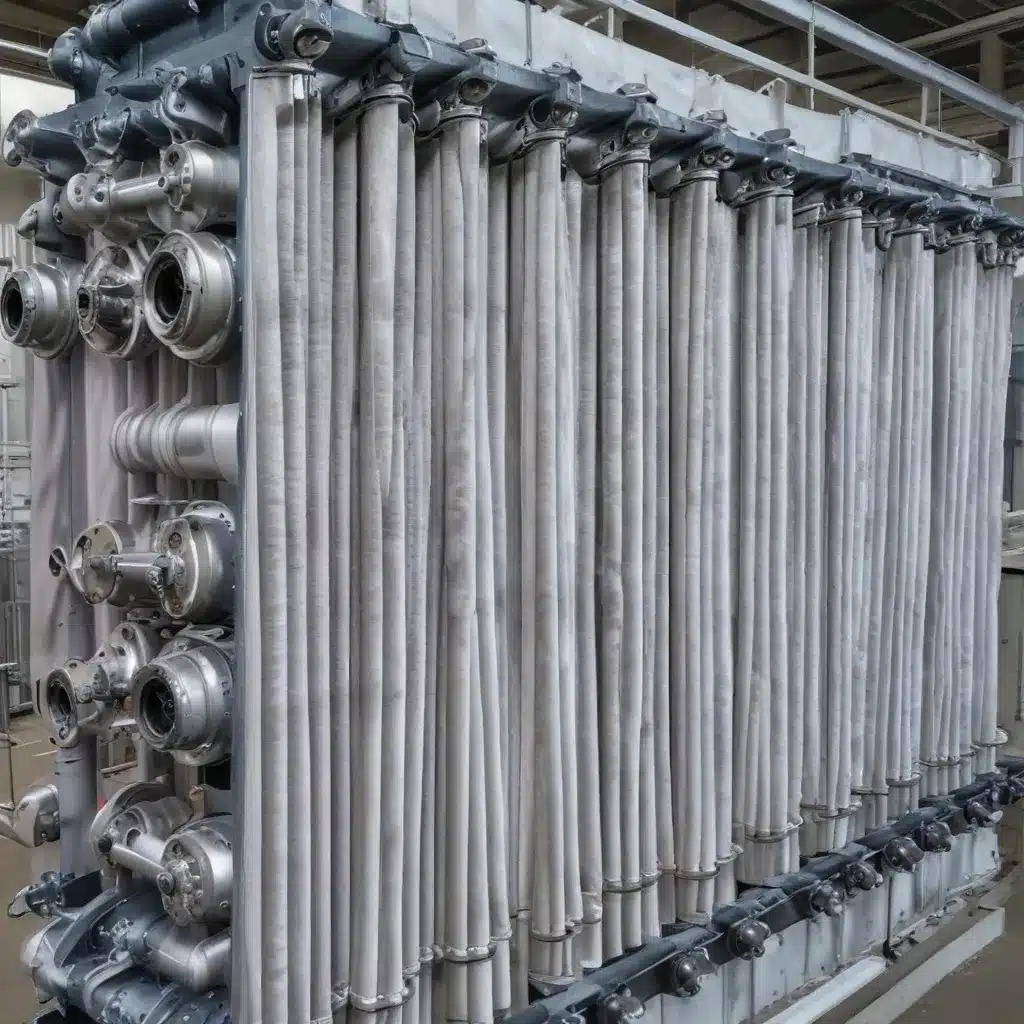
Upholding Excellence in Air-Cooled Heat Exchanger Design, Maintenance, and Application
Air-cooled heat exchangers (ACHEs) are widely utilized across various industrial sectors, including the textile dyeing and finishing industry, where reliable and efficient thermal management is paramount. As a seasoned expert in this domain, I will share practical tips and in-depth insights to help textile manufacturers enhance the reliability and performance of their air-cooled heat exchangers through adherence to industry standards and compliance protocols.
Aligning with Industry Standards for Optimal ACHE Design and Engineering
Proper design and engineering of air-cooled heat exchangers are critical to ensuring long-term performance and reliability in textile dyeing and finishing applications. By closely adhering to industry standards such as those outlined in the TEMA (Tubular Exchanger Manufacturers Association) and ASME (American Society of Mechanical Engineers) codes, textile manufacturers can optimize their ACHE systems for enhanced thermal efficiency, reduced maintenance requirements, and improved safety.
One key aspect is the selection of appropriate materials for heat exchanger components, taking into account the corrosive nature of chemicals used in textile dyeing and finishing processes. The Kering Standards v6.0 emphasize the importance of using materials that can withstand exposure to harsh chemicals, such as stainless steel or titanium, to prevent premature degradation and ensure reliable operation.
Additionally, the design of the heat transfer surface, air flow, and structural components should follow the guidelines established by industry standards. This includes optimizing fin spacing, tube configuration, and air velocity to achieve the desired thermal performance while minimizing pressure drop and energy consumption. By adhering to these standards, textile manufacturers can be confident that their air-cooled heat exchangers will meet or exceed the performance requirements of their specific applications.
Implementing Comprehensive Maintenance Protocols for Optimal ACHE Operation
Maintaining the optimal performance of air-cooled heat exchangers in the textile dyeing and finishing sector requires a comprehensive and structured approach to maintenance. According to the EPA’s Sector Notebook, proper maintenance practices can significantly extend the service life of ACHEs and prevent costly unplanned downtime.
One of the key maintenance practices is regular cleaning and inspection of the heat exchanger surfaces. Accumulation of dust, lint, or other contaminants on the fins and tube surfaces can impede air flow and reduce heat transfer efficiency. Implementing a scheduled cleaning regimen, using techniques like high-pressure air or water washing, ensures that the heat exchanger surfaces remain unobstructed and continue to operate at peak performance.
Another crucial aspect is the periodic inspection and maintenance of the air-moving components, such as fans and motors. Ensuring that these components are properly lubricated, balanced, and operating within their design parameters helps to maintain optimal air flow and reduce the risk of premature failure.
Textile manufacturers should also establish a comprehensive maintenance program that includes the regular monitoring of critical parameters, such as inlet and outlet temperatures, pressure drop, and vibration levels. By tracking these metrics, operators can quickly identify any potential issues and take proactive measures to address them before they escalate into larger problems.
Optimizing ACHE Performance through Compliance with Regulatory Standards
In the textile dyeing and finishing industry, where environmental regulations and sustainability targets are increasingly stringent, compliance with relevant standards and guidelines is crucial for the optimal performance of air-cooled heat exchangers.
The study published in the Science Direct journal highlights the importance of adhering to regulations related to air emissions, water discharge, and waste management in the textile sector. This includes ensuring that the ACHE systems comply with local air quality standards, effectively managing the heat rejection to the surrounding environment, and properly disposing of any hazardous materials associated with the heat exchanger operations.
By staying compliant with these regulations, textile manufacturers can not only mitigate the environmental impact of their operations but also ensure the reliable and efficient performance of their air-cooled heat exchangers. This, in turn, can lead to cost savings, reduced maintenance requirements, and a more sustainable overall operation.
Leveraging Innovative ACHE Technologies for Enhanced Performance and Reliability
As the textile dyeing and finishing industry continues to evolve, the adoption of innovative air-cooled heat exchanger technologies can provide significant performance and reliability benefits. These advancements include the use of advanced materials, intelligent control systems, and predictive maintenance strategies.
For example, the incorporation of corrosion-resistant coatings or ceramics can enhance the durability of ACHE components in the face of harsh chemical environments. Similarly, the integration of smart sensors and data analytics can enable real-time monitoring of key performance indicators, allowing for proactive maintenance and optimization of the heat exchanger systems.
By embracing these innovative technologies and staying attuned to industry trends, textile manufacturers can further enhance the reliability and efficiency of their air-cooled heat exchangers, ultimately improving their overall process performance and profitability.
Conclusion
In the textile dyeing and finishing sector, where air-cooled heat exchangers play a critical role in thermal management, adherence to industry standards and compliance protocols is essential for ensuring reliable and optimal performance. By aligning their ACHE design, maintenance practices, and regulatory compliance with best practices, textile manufacturers can unlock a range of benefits, including improved energy efficiency, reduced maintenance costs, and enhanced environmental sustainability.
As a seasoned expert in air-cooled heat exchanger technology, I encourage textile industry professionals to embrace a holistic approach to ACHE management, leveraging the insights and strategies outlined in this article. By doing so, they can elevate the performance and reliability of their air-cooled heat exchanger systems, ultimately contributing to the overall success and competitiveness of their textile dyeing and finishing operations.

